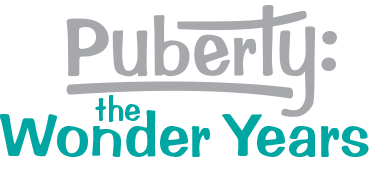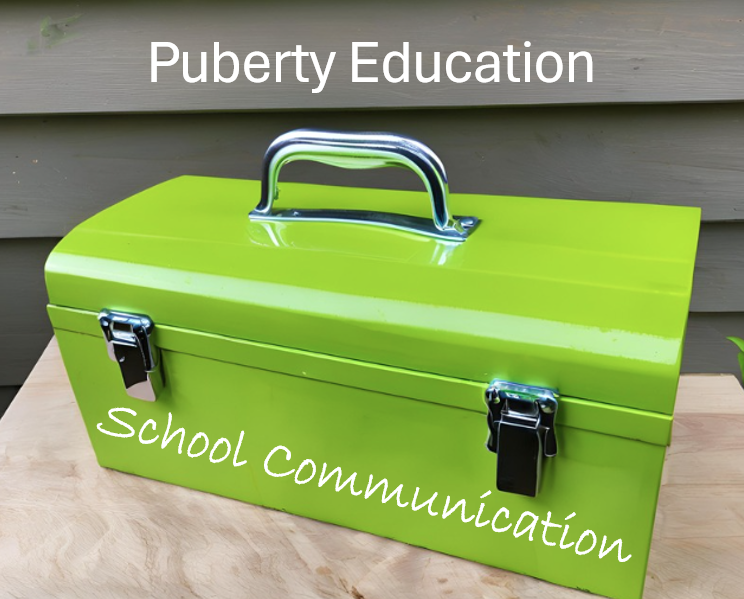Hair. Who knew it could be so misunderstood… and at times controversial? During puberty, hair becomes a big, hairy deal for many young people. Let’s get ready to talk about hair.
Mammals Have Hair
People are humans. Humans are mammals. Mammals have hair. However, hair grows in a variety of ways, making it one of the many characteristics that results in individual uniqueness.
Biology of Hair
Speaking about biology, hair growth varies across the lifetime. The sex hormones released during puberty cause hair growth in new places on the body. Oil glands become more active, requiring new personal hygiene habits to be formed to keep hair clean. Hair growth and hair care can vary among races and ethnicities. Most people experience hair growth that is considered in the range of typical. Some people experience hair loss called alopecia, and others experience an abundance of hair called hirsutism. Hair can be a fun way to express individuality. However, hair can also create anxiety if children don’t understand what is happening to their bodies.
Societal Norms for Hair
Speaking about social expectations is a different story. Societies have norms about what hair is considered stylish or acceptable. That influences people choose to grow or not grow their hair in particular ways. It’s also why people choose to adopt hairstyles that they think are attractive. Many people can relate to feeling great anxiety when their hair doesn’t look the way they like it, and great happiness when their hair turns out in a way that makes them feel good.
Hair styles change over time and by culture. At times, the dominant culture might disapprove of the hairstyles of children from a different culture. It is important to respect the variety of ways hair can express individual and cultural identities.
Puberty and Hair
For children who are entering puberty, this becomes a big, hairy deal. That’s because hair starts growing in places that didn’t have hair before. The beginning of pubic hair growth is called pubarche (pyoo-bark-ee), and it’s one of the first visible signs of puberty. The first fine, scant hairs begin to appear between ages 8 and 13 in children with a vulva and between ages 9 and 14 in children with a penis. As puberty continues, pubic hair grows over a wider area and becomes darker, coarser, and curlier.
At the same time, children are seeking more privacy and more approval from their peers. This combination of social expectations and physical changes can result in some anxiety about hair and appearances. It is only a matter of time until questions come up about shaving, hair styles, personal hygiene, and other hair-related issues.
Talking about Hair
Trusted adults can support children by teaching them about the typical changes that occur during puberty, normalizing hair in all its forms, and being an askable adult. Below are some resources to help adults learn more about the complexities of body hair.
Resources:
- A Kids Book about Body Hair, by Georgina Gooley: This book is part of the “A Kids book about…” series and normalizes all kinds of hair.
- The Rules of BODY HAIR video, by Billie: This company sells shaving equipment, but the video is fun to watch and addresses the mixed messages about hair.
- To Shave or Not to Shave: An Ob-Gyn’s Guide to Pubic Hair Care, by the American College of Obstetricians and Gynecologist (ACOG): This article explains various hair removal techniques and emphasizes that pubic hair is normal.
- Benefits of shaving pubic are female – Is it good for a woman? by Bliss: This company sells menstrual products, and yet clearly doesn’t know a vagina from vulva. However, the article does explore the pros and cons of pubic hair removal.



